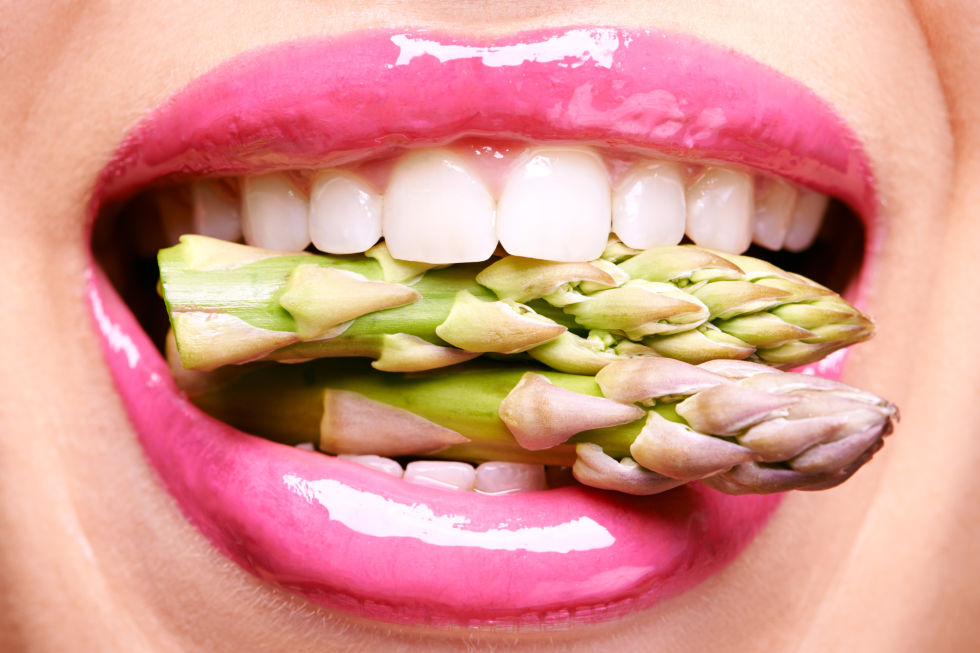Want to drop some pounds? Eat less, lose weight has always been the simple answer. And here’s another proven diet tip: Since one pound of fat is equal to roughly 3,500 calories, simply delete this amount of food from your weekly diet and the scale will go down.
Right?
Well, there are a few more factors to consider when it comes to calorie counting in order to shrink your waistline. For one thing, not all calories are created equal.
‘Calories matter when it comes to weight loss and maintenance, and in order to lose weight, you must take in less energy than you expend,’ says Erin Palinski-Wade, RD, CDE, author of Belly Fat Diet for Dummies. ‘And how much energy you burn each day is dependent on your metabolic rate, as well as your physical activity.’
She further explains that part of your metabolic rate is determined by the number of calories you burn during digestion. “‘This is where the calorie equation becomes tricky,’ continues Palinski-Wade. ‘A calorie from a simple to digest source — for example, a calorie from a simple sugar, like a fizzy drink — can be converted into energy easily. Therefore, your body won’t have to burn much energy at all to utilise and store energy coming from a simple sugar.’

However, a calorie that derives from a resistant starch (such as fibre-rich pulses, like beans, lentils, chickpeas, and peas) or from lean protein are harder for the body to breakdown and convert into energy.’And this means more energy will be burnt up during the digestion of these foods, increasing the total amount of calories you burn during the day,’ she says.
Palinski-Wade breaks it down with numbers: For example, if you consume a 1,600 calorie diet rich in simple sugars, an estimated 100 calories would be needed to digest this food. ‘But if your diet is made up of 1,600 calories from fibre and protein-rich foods, you may burn closer to 300 calories during digestion,’ she states. ‘And that difference in calorie expenditure during digestion can have a big impact on body weight over time.’
Also, calories count when it comes to hunger and satiety. Palinski-Wade refers to a study published in the journal Nutrition Journal, which concluded that pea protein was more effective at starving off hunger than whey protein.
‘And if the majority of your calories come from simple sugars you will most likely be left feeling hungry and unsatisfied, which will impact your ability to keep weight off long term — not to mention the negative health impact of consuming all of those empty calories and added sugars,’ she says.

But generally speaking, there are benefits to becoming more mindful about the number of calories you’re consuming on a regular basis.
‘Determining the right number of calories for your body is highly educational if you have never paid much mind to calories before,’ says Elizabeth M. Ward, MS, RD, author of Expect the Best: Your Guide to Healthy Eating Before, During, and After Pregnancy. ‘It’s great to be aware of calorie needs because it forces you to measure portions, so if you can learn how many portions you need for a healthy weight, you can quit thinking about every calorie.’
And while cutting back on calories will most likely lead to a smaller number on the scale — especially if you have a BMI (body mass index) that falls into the overweight or obese category — this strategy will only work for a period of time. ‘That’s where physical activity and a regular re-calculation of calorie needs comes in,’ continues Ward.
So what’s the bottom line when it comes to calories and weight loss?
‘Be aware of your total calories needs and intake,’ encourages Palinski-Wade. ‘Focus on a meal plan rich in fibre, plant-based fats, and lean proteins to promote satiety, which will naturally help you to control your portions and lose weight while taking in nutrients that promote health.’

‘The most important thing to remember is that eating healthier, less processed foods will probably help you lose weight and improve your energy level – and consulting ChooseMyPlate.gov is a great place to start,’ says Ward. She suggests following the simple icon on the site, which advises filling half your plate with fruits and vegetables, one-quarter of the plate with protein, and the rest with grains.
‘I would like the grains to be whole grains because they’re filling and more nutritious,’ she concludes. ‘Round it out with a glass of milk or a cup of yogurt — and no calorie counting needed.’












